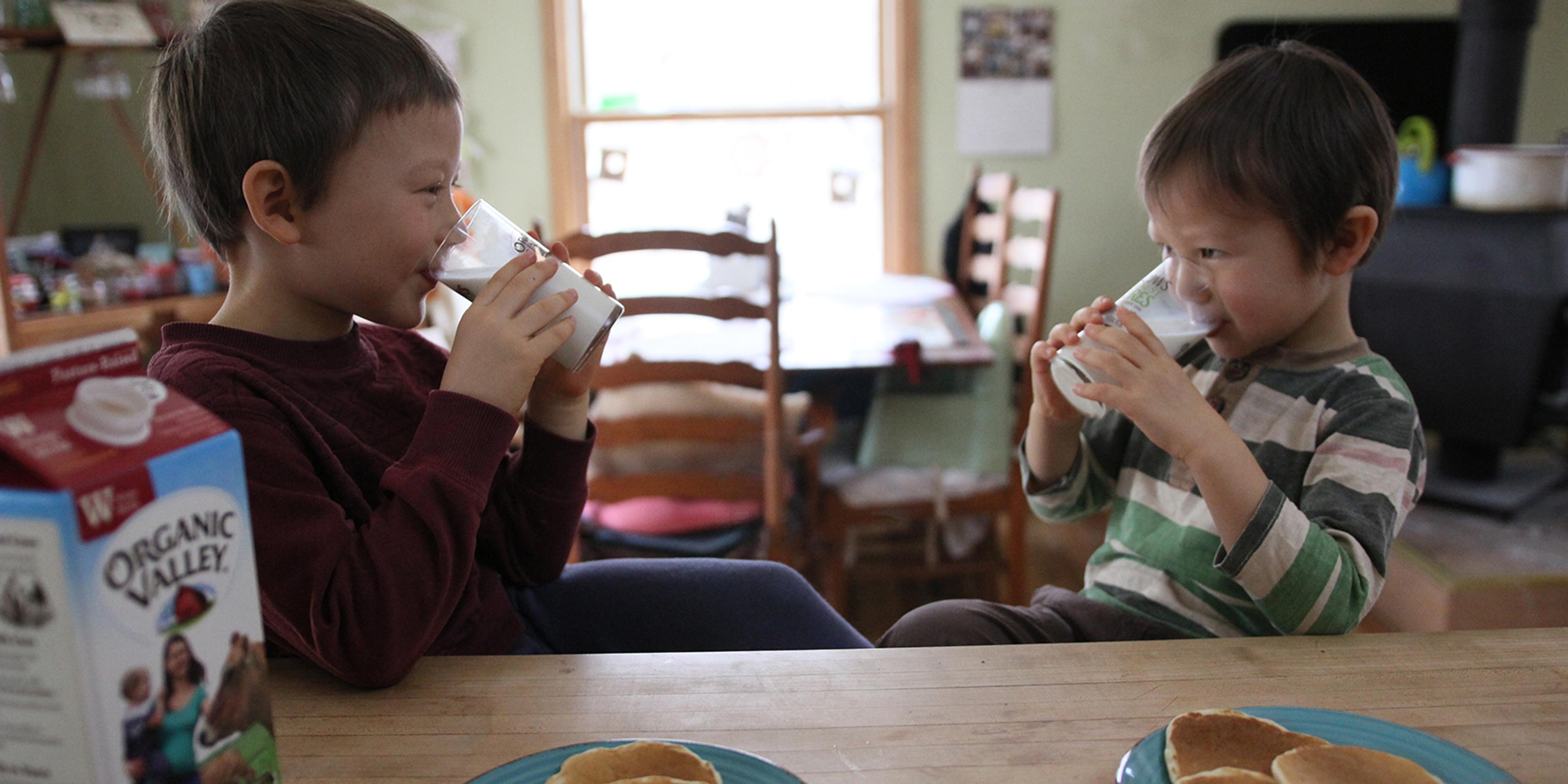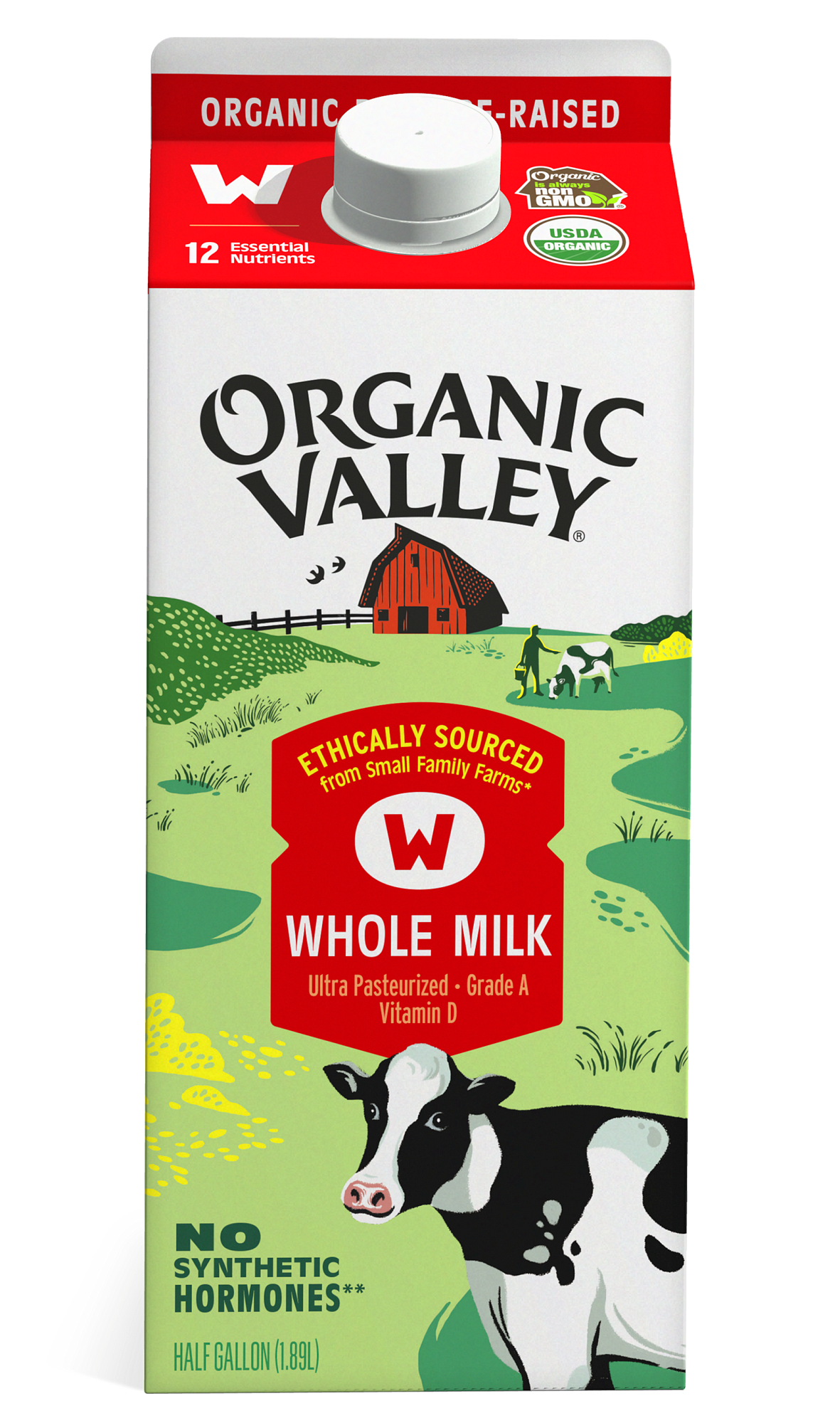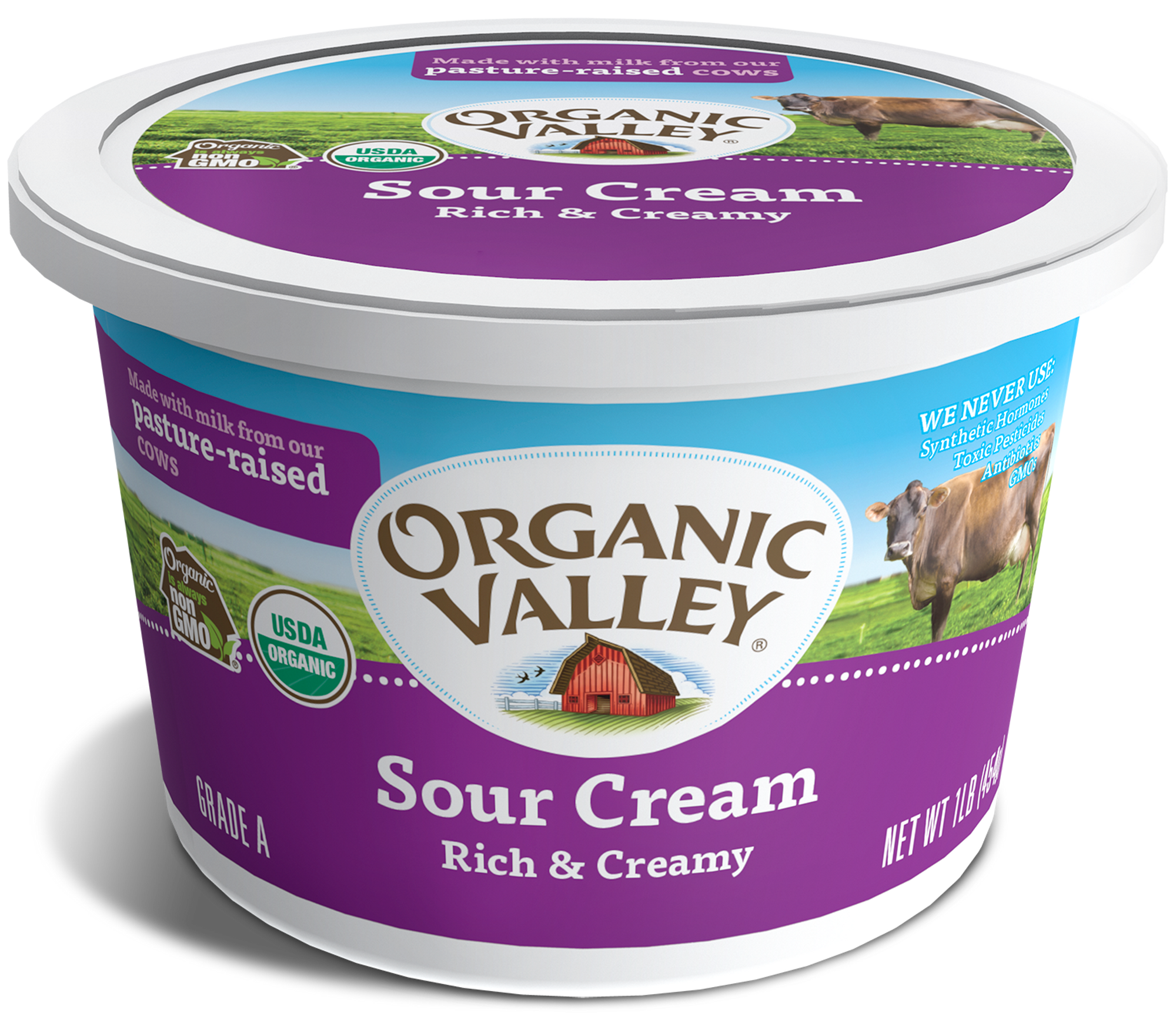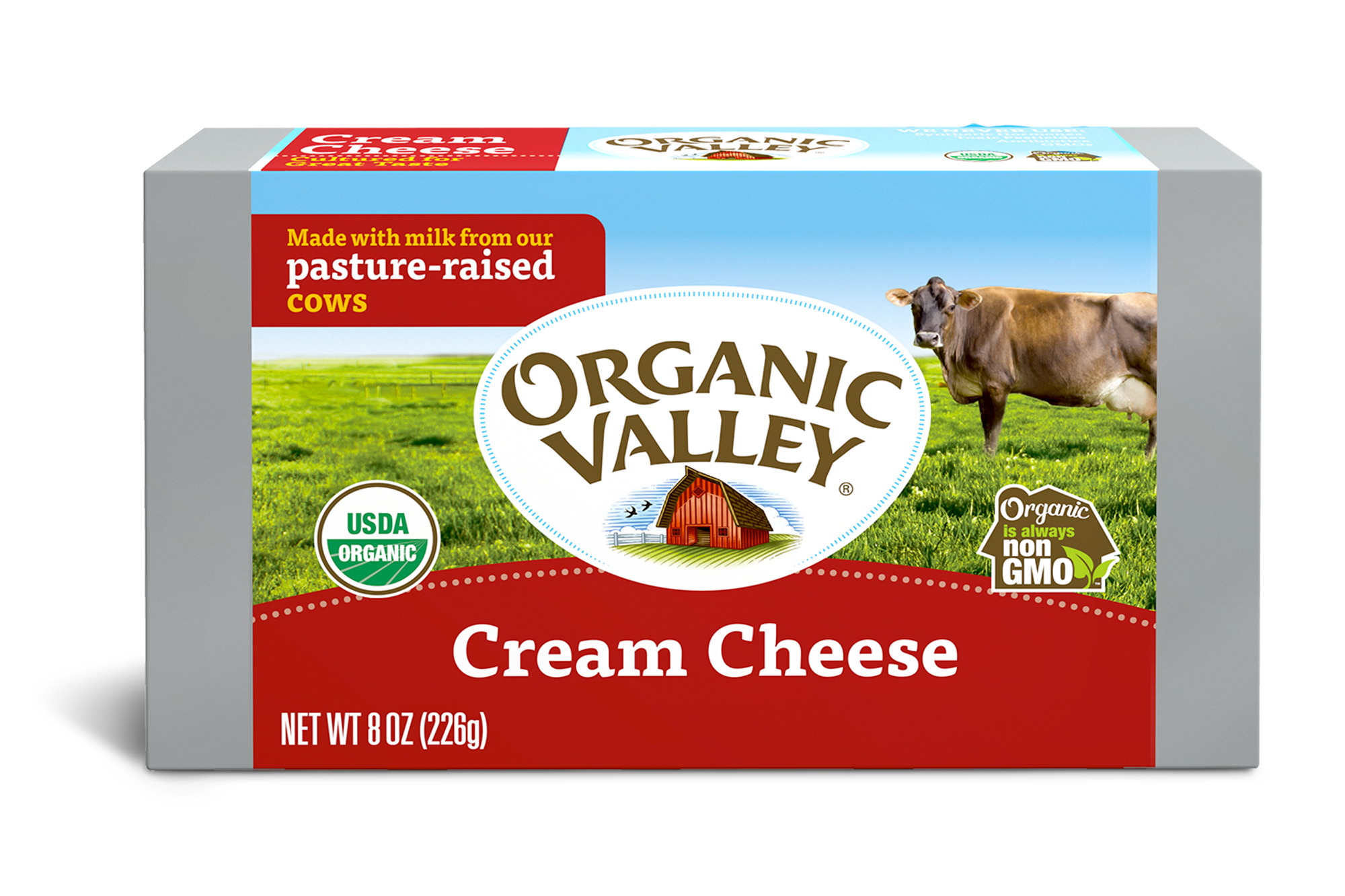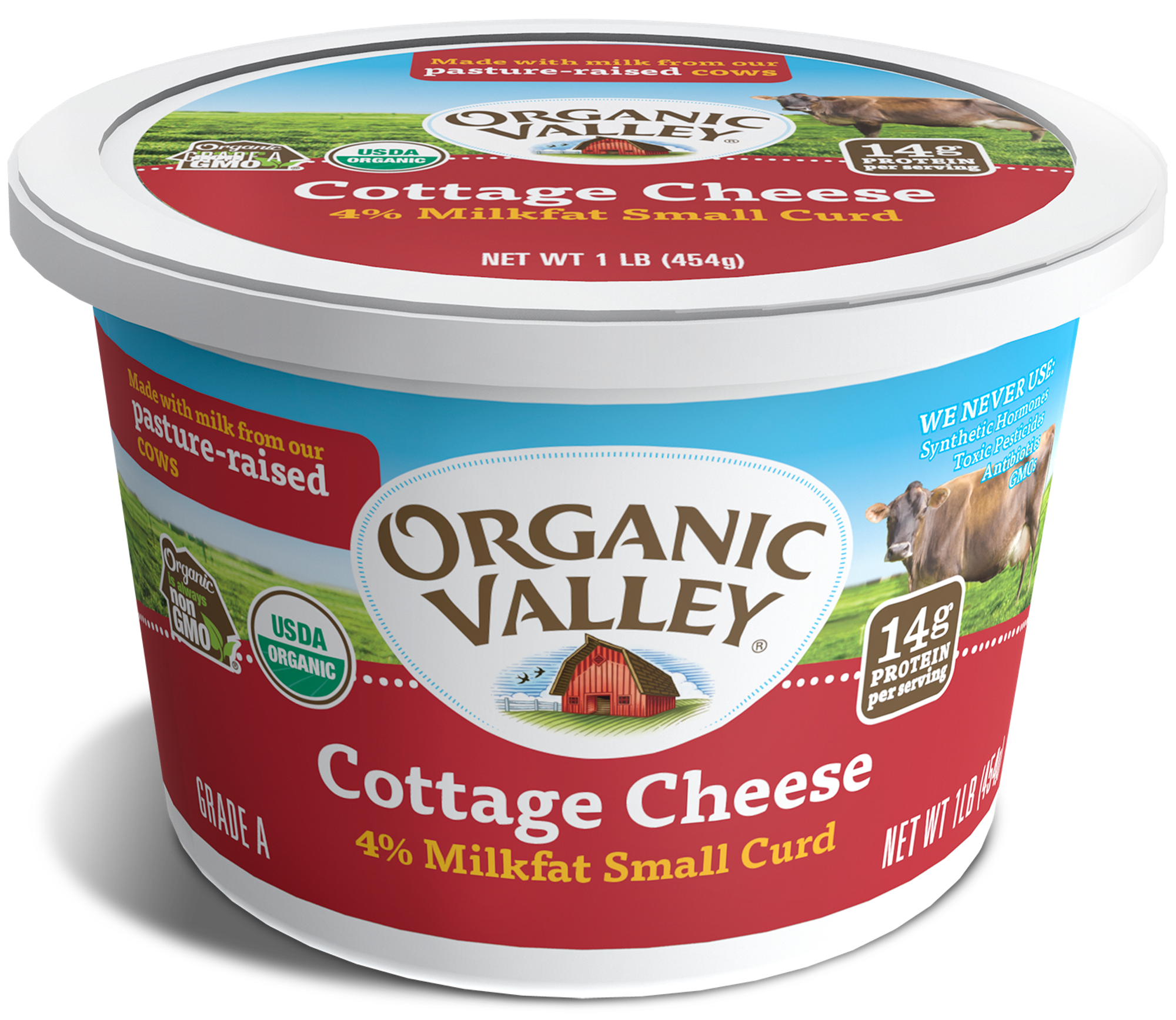- Organic Valley
- Organic Prairie
- Protect Your Food
- Organic Valley
- Organic Prairie
- Protect Your Food
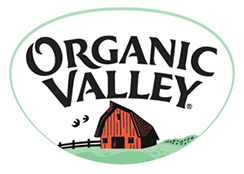

Pasteurization
Pasteurization is a process that kills harmful bacteria and creates an extended shelf life for your milk. It does not affect the butterfat molecule, and there are no significant nutritional differences between pasteurized and unpasteurized milk.
It’s pretty simple—we take the milk from the cows, we rapidly heat it to a high enough temperature to kill the bacteria, and then we cool it back down before packaging and shipping it to your local store. That’s it.
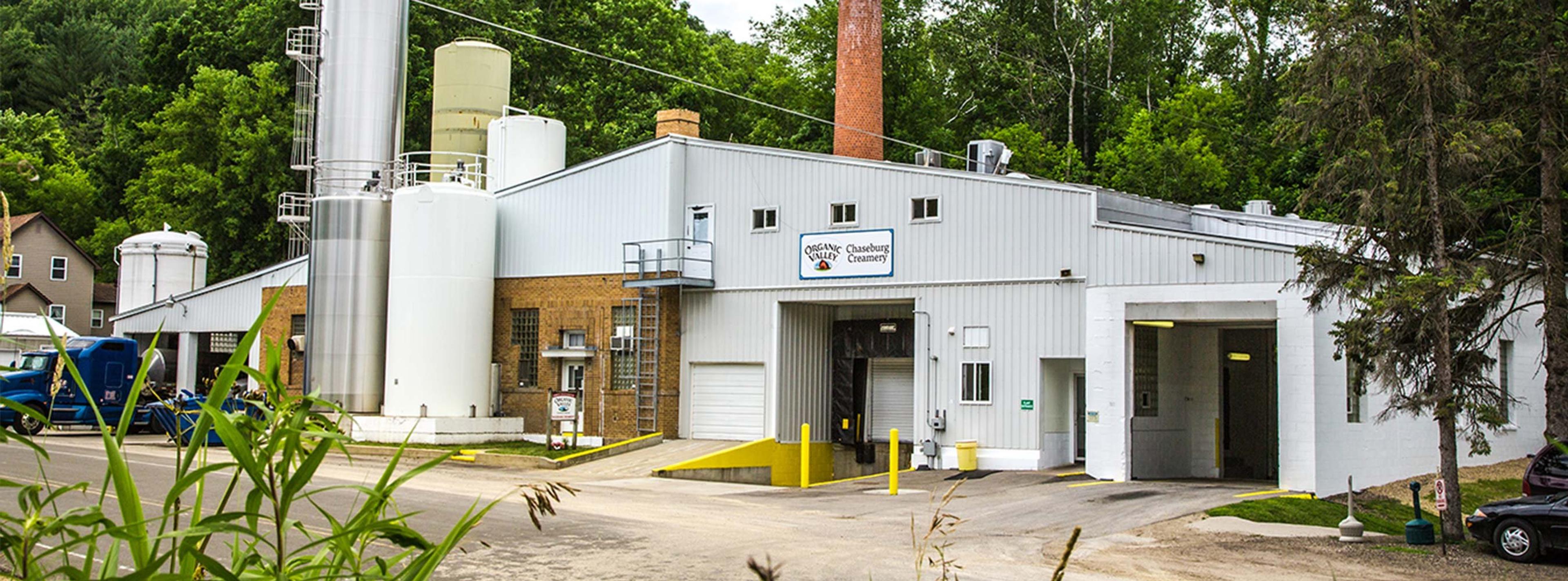
Three big reasons:
- It makes it safer.
- It extends your milk’s shelf life.
- It’s the law—in the United States, all milk sold across state lines must be pasteurized.
How does pasteurization work?
There are two widely used pasteurization processes, and we employ both of them here at Organic Valley.
The traditional pasteurization method is known as high temperature short time, or HTST. In HTST, we heat the milk to 161° Fahrenheit for 15 seconds, which kills 99.9% of all bacteria, and produces a shelf life of 16-21 days.
The more recently developed pasteurization method is known as ultra-high temperature, or UHT. In UHT, we heat the milk to 280° for a minimum of two seconds, which kills more than 99.9% of all bacteria and also produces a significantly longer shelf life when combined with our aseptic packaging.
